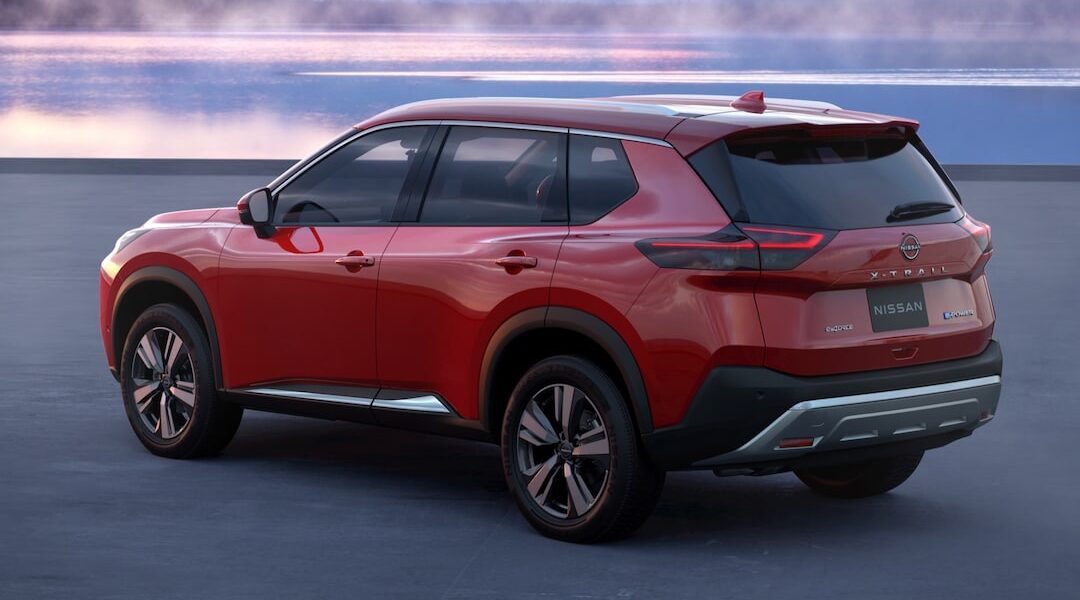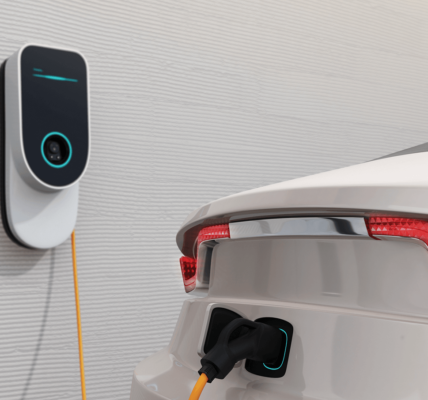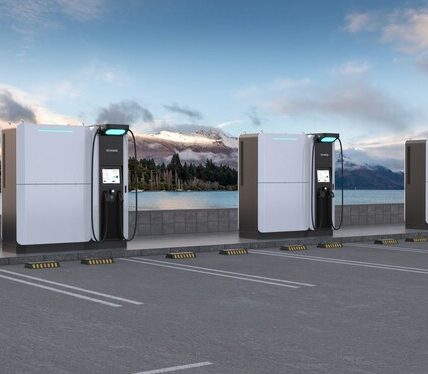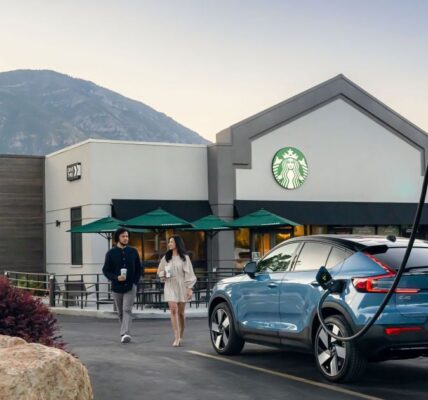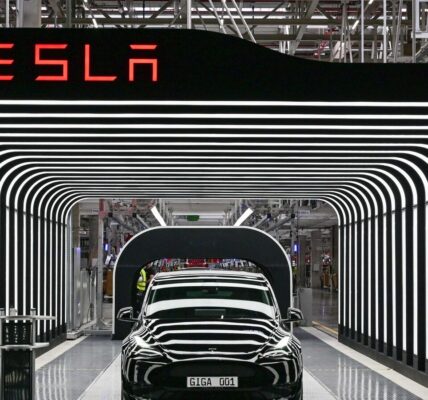In Japan, customers have been buzzing around in the Nissan X-Trail compact SUV with its e-Power series hybrid technology for more than a year, but its American counterpart, the Nissan Rogue, continues to rely solely on a gasoline-powered engine to turn its wheels. We could get the advanced powertrain in a next-gen Rogue in a couple years, so MotorTrend took advantage of an opportunity for a brief drive in an X-Trail while in Japan.
The Nissan X-Trail has been sold in Japan since 2000, and the third-generation was sold as the Nissan Rogue in the U.S. The current, fourth-generation X-Trail switched to a new powertrain: the e-Power series hybrid system, which is available in Japan and Europe, but did not migrate to the Rogue in North America.
Nissan first introduced the e-Power series hybrid system in Japan in 2016 on the Nissan Note compact car. The X-Trail has the second-generation e-Power electric-drive powertrain that integrates a gasoline engine and electric motor. The engine does not drive the wheels; it acts as a generator to charge the battery, sending the electricity via an integrated inverter so the motor can power the wheels. It gives the driver an EV experience without the associated range anxiety.
The SUV has a 1.5-liter turbocharged inline-three engine (same as the U.S. Rogue) but adds a 2.1-kWh lithium-ion battery, producing 201 hp and 243 lb-ft of torque vs the 225-lb-ft of torque in the American Rogue. The X-Trail e-4orce all-wheel-drive variant adds a second electric motor to the rear axle, boosting total horsepower to 210.
Essentially the X-Trail feels exactly as it appears on paper: it takes off with the instant torque of an EV and then settles down and drives like a Rogue. The e-Power system certainly feels ready for American roads, with plenty of power, smoothly delivered, for city driving. A wrong turn at a confusing intersection put us on the highway to Haneda Airport which provided extra freeway time (which is important to the North American market). The X-Trail is not overly powerful as a cruiser but is more than adequate—much the same as the Rogue in the U.S., where extra time is needed to pass and the engine gets louder with exertion.
Balancing Power and Fuel Economy
The upshot is up to 49 mpg on the WLTP cycle for a front-wheel-drive X-Trail and 44 mpg with AWD. In the U.S., the Rogue’s less-generous EPA rating is 30 mpg in the city and 37 on the highway for a combined 33 mpg with front-drive and AWD is 28/35/31 mpg.
The X-Trail has a button for EV mode and another for e-Pedal one-pedal driving. Graphics show the power flow in and out of the battery. Transitions are seamless; you cannot tell when the engine is at work and power delivery is smooth because there are no gears. Like many Nissans already on sale in the U.S., it has ProPilot drive assist. Tap the off-road button for rough stuff—not something we had a chance to test in our short urban drive route.
Nissan E-Power for the U.S.
Nissan has said it will bring e-Power tech to the U.S. in the second half of 2026. That means it is waiting for the next evolution of the system, something Nissan calls X-in-1, which will debut next year and ramp-up to full production in 2026. X-in-1 refers to an integrated powertrain unit that costs 30 percent less and performs 10 percent better. It includes a 3-in-1 powertrain for pure EVs that integrates a motor, inverter, and reducer. It adds a generator and increaser for the 5-in-1 for e-Power hybrids. BEV and e-Power powertrains have about 30 percent common parts.
Nissan has said the new technology will make it possible to achieve price parity between vehicles with internal combustion engines and e-Power hybrids in 2026.Going out further on the limb, Nissan claims its full EVs will cost the same as its gas-powered vehicles in 2030 with the introduction of solid-state batteries. Nissan will begin pilot production of solid-state batteries in 2024 and the first application will be an electric vehicle in 2028, most likely a heavier vehicle like a truck, SUV, or minivan, says Kazuhiro Doi, head of Nissan R&D. The cell is good, and engineers are working on design of the battery pack which needs a cooling and battery management system in a compact pack. The next challenge will be scaling up manufacturing.
Nissan’s Mixed-Bag EV Strategy
Nissan’s electrification strategy encompasses a mix of e-Power hybrids, plug-in hybrids, and battery-electric vehicles. Plans are to offer 27 electrified models by 2030 globally, of which 19 will be pure EVs.Full EVs are projected to account for more than 40 percent of U.S. sales by 2030. The automaker plans to build four new EVs for the Nissan and Infiniti brands at the Canton, Miss., plant, starting in 2026. The Infiniti would be based on the Vision Qe concept unveiled last month at the Tokyo auto show. A similarly sized Nissan sedan is expected, which sets it up as a Maxima replacement. The new EVs would augment the Nissan Leaf and Nissan Ariya, already available in North America. Nissan also has an electric minivehicle, the Sakura, in Japan where it has quickly gained EV sales leadership.


